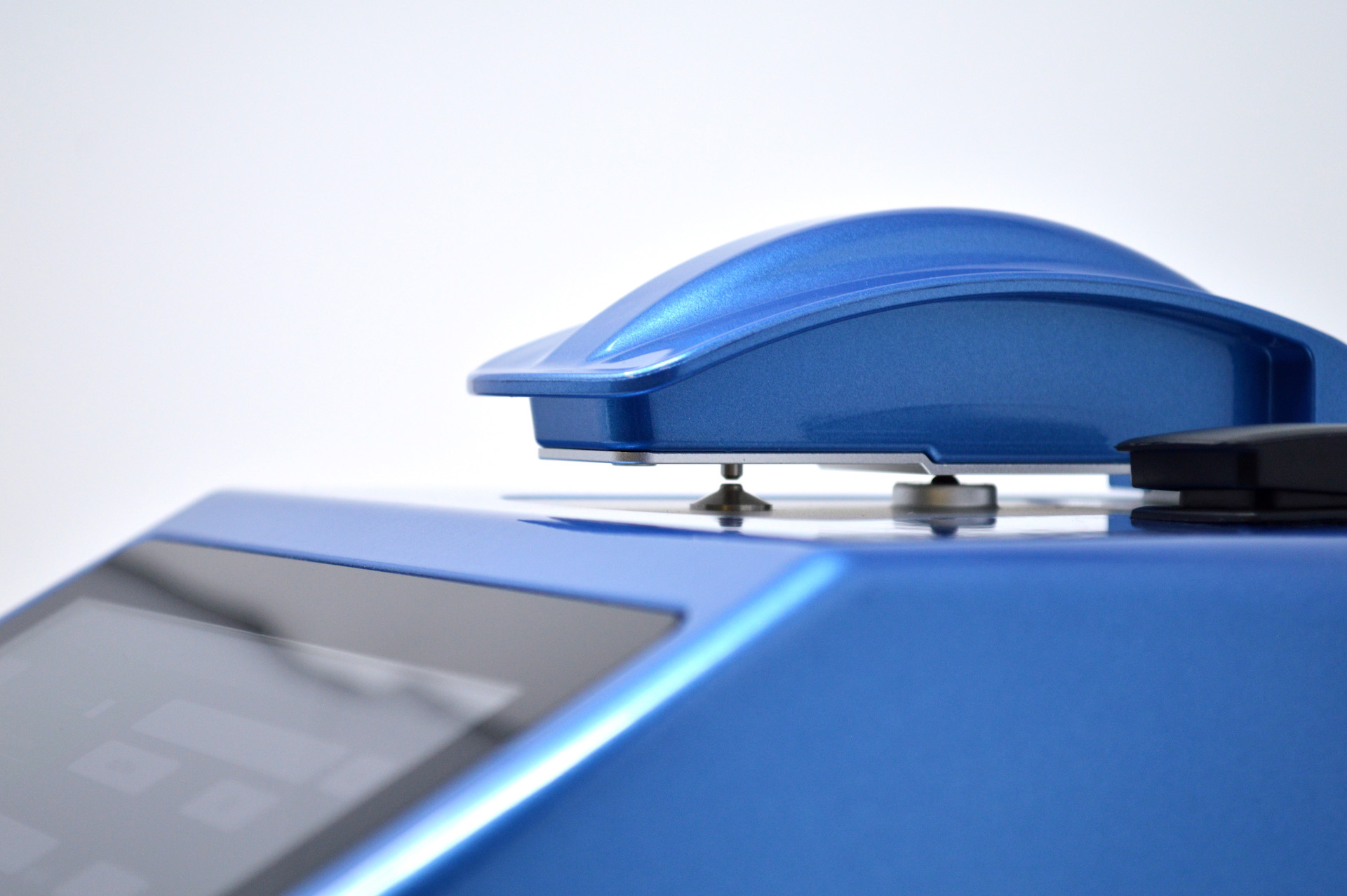RNA and DNA quantification, sometimes known as nucleic acid quantification, determine the concentration of RNA or DNA in a given sample. Part of the quantification process may involve handling samples that are mixtures, potentially with multiple contaminants such as proteins, other nucleic acids or organic compounds.
What is RNA quantification?
There are several experimental methods available for RNA quantification. These include PCR methods for RNA quantification, fluorescence or spectrophotometric measurements.
Spectrophotometric and fluorescence methods for RNA quantification have several advantages over approaches such as PCR. Performing RNA quantification with optical methods does not require any additional sample preparation, is very cost-effective and is less time intensive. While PCR-based approaches can offer good sensitivity, they are more complex and costly to perform, and this level of sensitivity is only required for RNA quantification of the very lowest RNA concentrations.
Spectrophotometry and Fluorometric Analysis
Spectrophotometric measurements offer a robust and straightforward way of RNA quantification. RNA quantification is typically performed at 260 nm with a range of wavelengths in the UV range also being collected. Most proteins, small organic molecules and nucleic acid species have strong absorption and emission features in this region, allowing the quantification of RNA and identification of potential contaminants.
The absorbance of a sample measured at a known pathlength is proportional to the concentration of that sample. The amount of light transmitted through the sample at a specific wavelength (260 nm for RNA) can be used in the Beer-Lambert equation to calculate the concentration of the sample of interest, in this case for RNA quantification. The molar absorption coefficient of the species of interest must also be known.
Working out the molar absorption coefficient is relatively straightforward. As the relationship between absorbance at a given wavelength and pathlength is linearly proportional to the concentration, a series of given dilutions of a reference sample can be measured. By using a linear fit to these data points, the molar absorption coefficient can be calculated and used in future quantification. For well-characterized samples such as DNA and RNA, the coefficients are known and included within analysis software.
RNA Quantification can also be performed with fluorescence measurements. Fluorescence measurements offer greater sensitivity than absorbance-based measurements. Assay kits are available that have been developed to specifically excite an analyte of interest. These can be used for RNA quantification even in complex mixtures or in the presence of contaminants. The amount of fluorescence from a sample is also proportional to the concentration and can be quantified by using a standard curve from similar samples of known concentration.
Spectrophotometers for RNA Quantification
DeNovix is an expert in biotechnology and has an extensive range of instruments optimized for RNA quantification, including the DS-11 Series and the QFX Fluorometer, which are designed with some of the complexities of RNA quantification in mind.
The QFX Fluorometer has been developed to have outstanding sensitivity and specificity for challenging cases of RNA quantification where highly complex mixtures may be involved, or when RNA quantification needs to be performed on very low concentrations. It comes with four light sources and emission channels with sensitive photodiodes, all with the option of secure audit trail recording for pharmacological applications.
The DS-11 Series is a microvolume instrument for routine and precious samples. The DS-11 can handle volumes as small as one microliter and quantify over the widest dynamic range available. The DS-11 also comes with easy-to-use software that can display a full spectral scan along with the 260/280 and 260/230 ratios commonly used as part of RNA quantification and quality control.
Contact DeNovix today to find out how our spectrophotometers can simplify and accelerate your RNA quantification.




